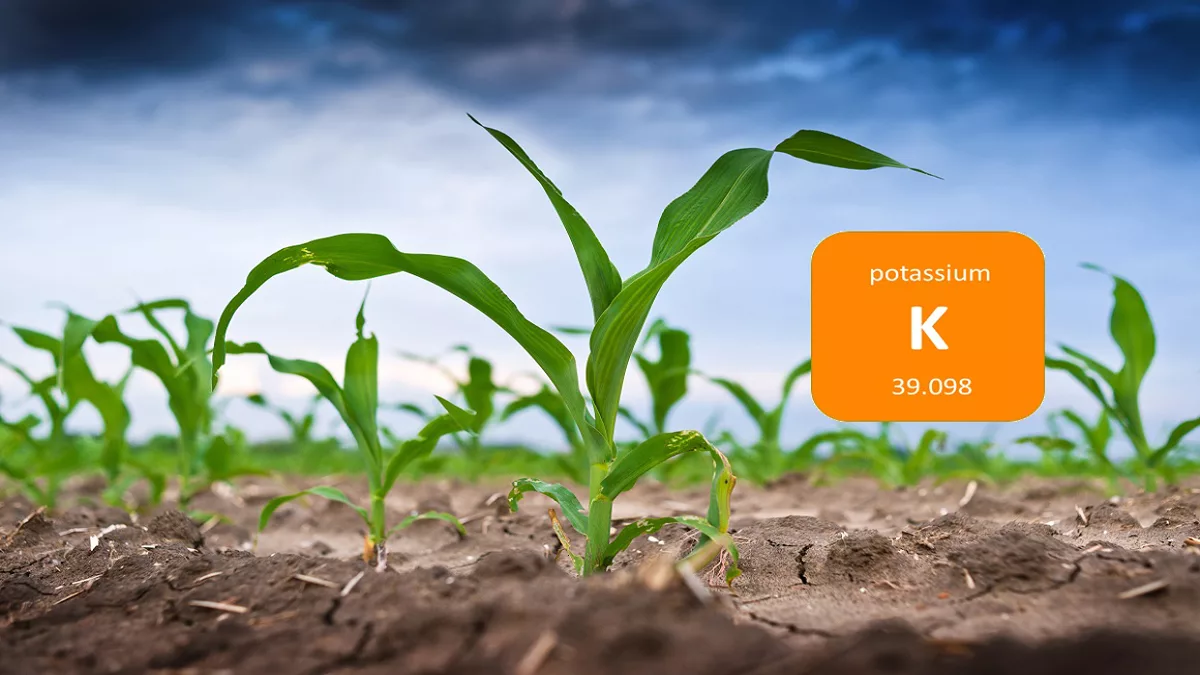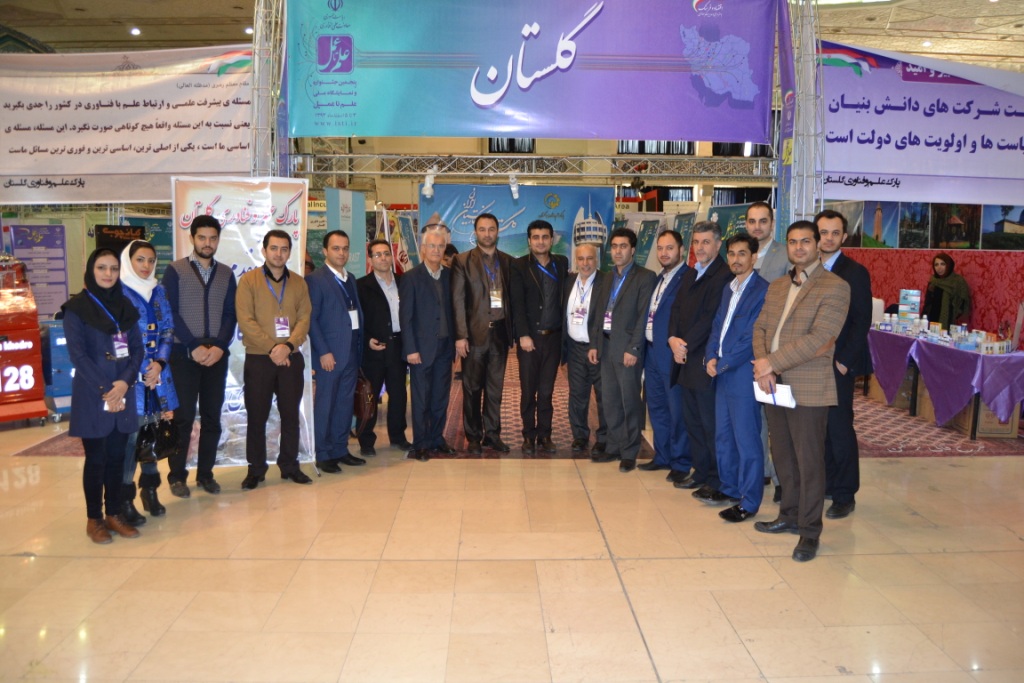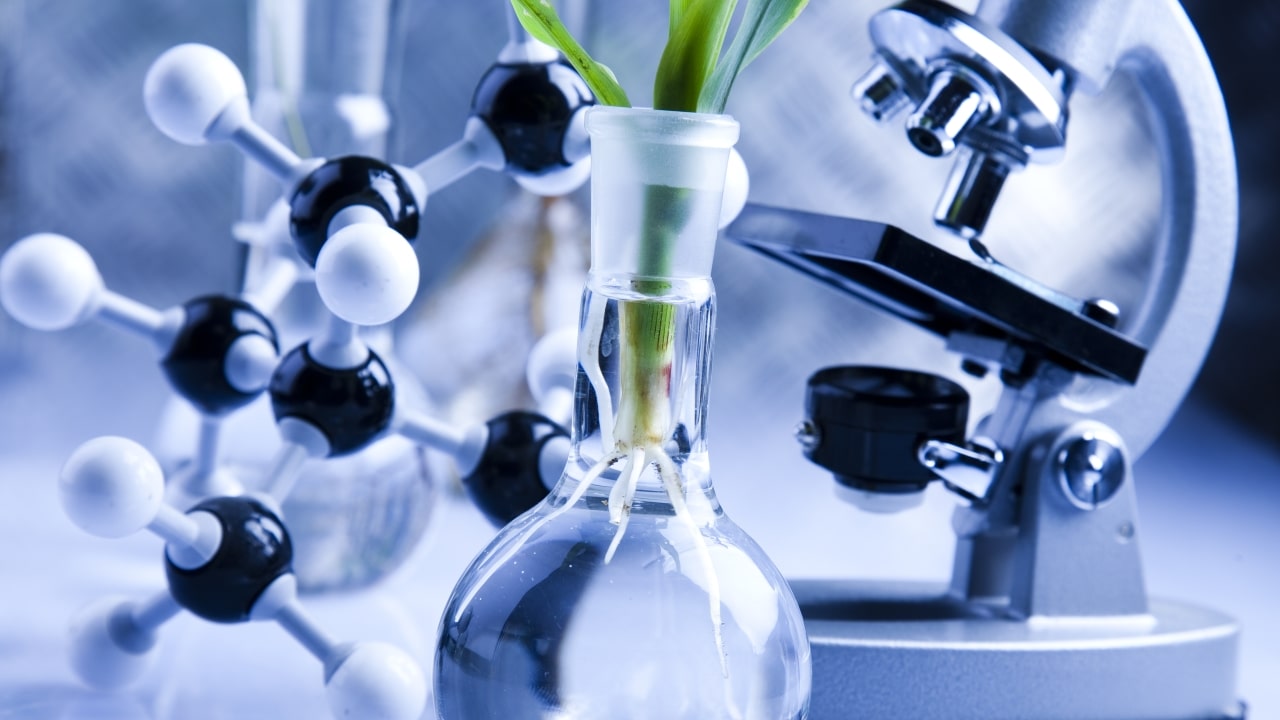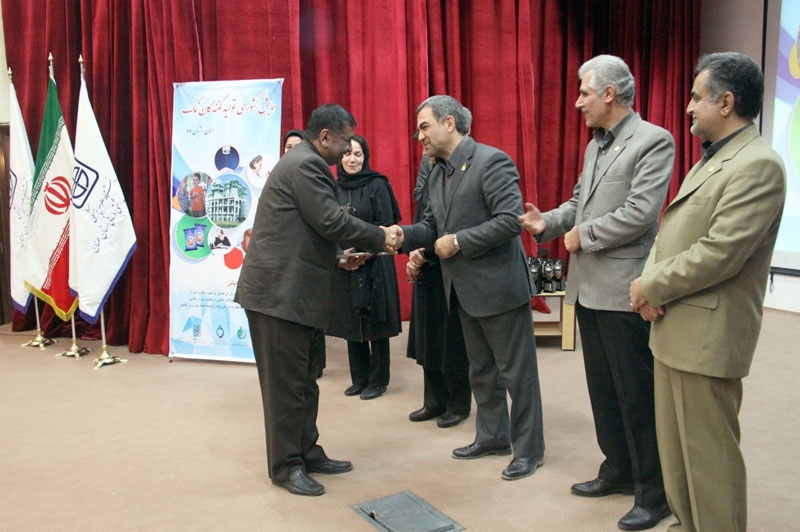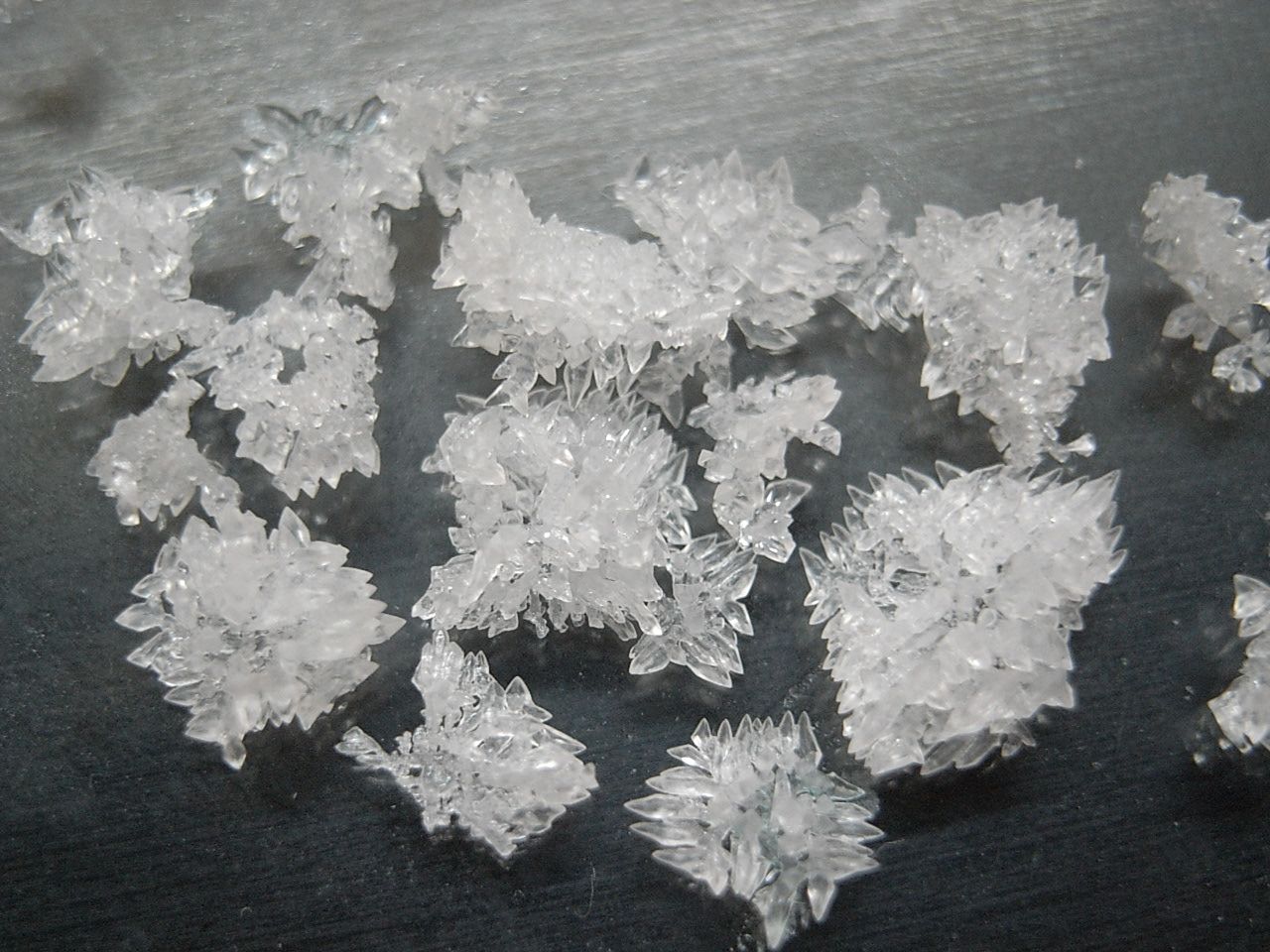In order to investigate the effect of moisture stress and the use of chemical desiccants (potassium iodide) on grain yield and agronomic characteristics of bread wheat genotypes, a field experiment was conducted in the form of twice-shredded plots based on randomized complete blocks with three replications in The agricultural years of 1385-1386 and 1386-1387 were implemented at the agricultural and natural resources research station in Mashhad. Irrigation treatment in the main plots including optimal irrigation during the growing season (D1) and moisture stress from the pollination stage to ripening (D2) Genotype treatment in the secondary plots including seven new wheat genotypes (lines numbered from 9212, 9207, 9205, 9203, 9116, 9103) and the cultivar Cross Shahi and the treatment included the use of current photosynthesis conditions and prevention of current photosynthesis in the sub-plots. The results of composite variance analysis showed that the effect of moisture stress and photosynthetic conditions on the total number of florets per spike, percentage of spike fertility, spike harvest index, length of seed filling period and seed yield was significant. By applying terminal moisture stress and preventing current photosynthesis, the grain yield of all genotypes decreased significantly.
between wheat genotypes in terms of dry weight of the spike in the pollination stage, the number of spikes in the spike, the total number of florets in the spike, the percentage of spike fertility, the spike harvest index, the ratio of allocation of photosynthetic materials to the spike, plant height, peduncle length, spike length, There was a significant difference between the length of seed filling period and seed yield. Genotype 9103 produced the highest seed yield (7870 kg/ha) under optimal moisture conditions and using current photosynthesis, and Cross Shahi variety produced the lowest seed yield (1114 kg/ha) under moisture restriction stress conditions and preventing current photosynthesis. Considering that 9103 C-81- and 9116 genotypes have the highest capacity of using stem reserves to fill seeds in both conditions (normal and moisture stress) and their seed yield potential is also high, they can be considered as hopeful genotypes. It is suitable for reformation programs for arid and semi-arid areas.

